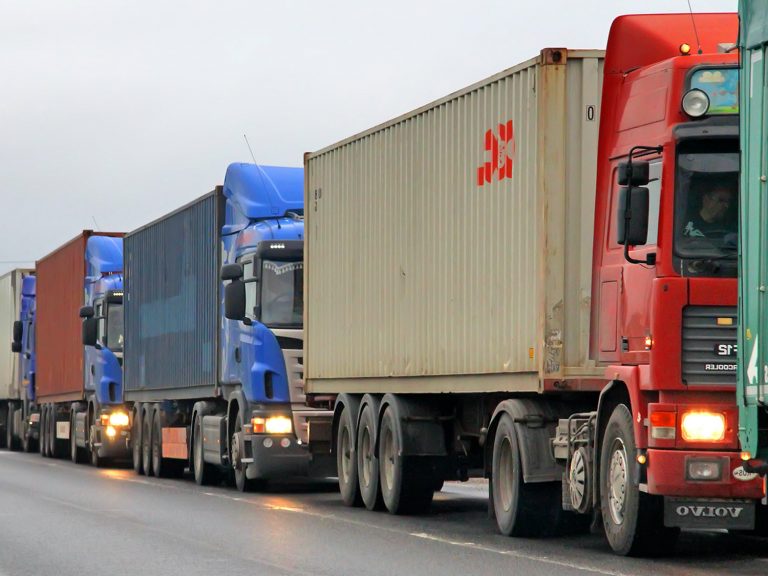
Date:
Carriers Reroute as European Ports Buckle Under Congestion
European container terminals continue to face mounting congestion, triggering service reshuffles, extended inland delays, and spiking freight rates. At several key hubs, container yard density surpassed 80%, pushing carriers to adjust port calls and rethink network strategies in the heart of the traditional peak shipping season.
Carriers have responded to the gridlock by diverting ships away from overloaded gateways. Some carriers have selected Southampton as an alternative for services originally scheduled at London Gateway. Major carriers are reshuffling calls across Rotterdam, Hamburg, and Antwerp, where vessels arrive late, berths are full, and inland connections are strained.
Inland, the disruption ripples out; with truck and, on the continent, barge operators facing long wait times. Terminals have been suspending empty container redeliveries and rail services are under pressure. A full rail shutdown in Hamburg this month has already forced some shippers to reroute cargo via Bremerhaven. Further south, Italian ports like Genoa face looming rail blackouts due to planned infrastructure works, extending from late July into August.
Asian Volumes Surge Into Europe
Asia-Europe container flows surged by around 9% year-on-year in the first four months of 2025, with volumes from Asia to North Europe up nearly 7% and Asia-Mediterranean flows climbing over 12%. Carriers responded by deploying record capacity into North Europe in July, exceeding 1.15 million TEUs. However, blank sailings have also increased, reflecting attempts to balance strong demand with schedule disruptions.
In contrast, Asia-Mediterranean services will see a record 883,000 TEUs deployed in August, with blank sailings sharply reduced, underscoring the divergent strategies between North Europe and Med routes.
Freight-all-kinds (FAK) rates on Asia-North Europe lanes climbed by nearly $500 per FEU in July, as major carriers pushed through increases. Overweight surcharges are also appearing on some China origins, with carriers prioritising lighter cargo and high-cube containers to optimise vessel utilisation.
Inland Disruption Worsens
Average barge waiting times have reached over three days at Antwerp and nearly three days at Rotterdam, further compounded by low water levels on the Rhine that restrict barge loads and trigger surcharges.
Meanwhile, inland networks across Italy brace for rail service suspensions through August, cutting off key routes from ports like Genoa, La Spezia, and Vado Ligure.
The effects are far-reaching, with extensive delays, higher costs, equipment shortages at many locations and circular modal stress, as rail shutdowns push more volume onto trucks and barges.
With peak season in full swing and continued demand expected into August, shippers should share space requirements early, ideally one to two weeks in advance, to avoid delays, book the optimum service and secure container equipment.
Metro’s sea freight teams are closely monitoring port performance, vessel schedules, and rate shifts across all major trade lanes. We help customers secure priority bookings, optimise equipment and container allocation, and design alternative routings to bypass bottlenecks.
EMAIL our Managing Director Andrew Smith to discuss current conditions, risk mitigation strategies, and booking solutions tailored to your business priorities.
